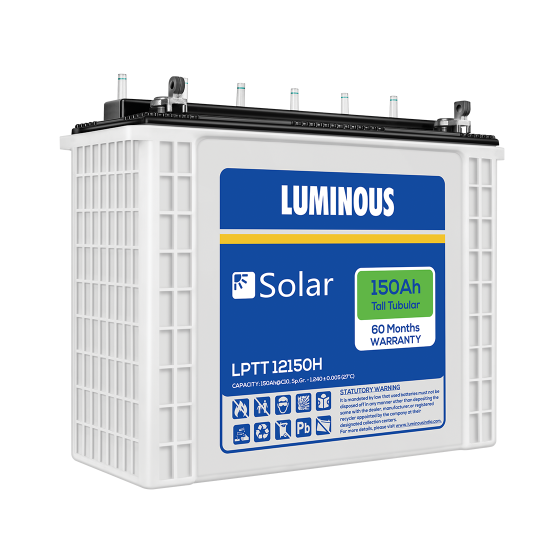Batteries are the common backup solution for us, from our mobile to home inverters we do use batteries for backups. Mobile is a small thing to care about, but we do care about home inverters and connected batteries because they power our home during power outages.

So, how much energy is lost when charging an inverter battery?
Home inverters and inverter batteries aren’t the 100% efficient source for holding energy, on paper they are only ~60% efficient under any given situation. Rest is lost due to AC-DC conversion and other factors like battery type and its water level, temperature, charging speed and time, etc.
30 to 40% of energy is lost when charging an inverter battery.

It can be 70-80% efficient (30 to 20% loss) if maintained well, and for this, we need to understand ratings given on the batteries like 150Ah@C10 (27° C).
Here C10 means, Charging and Discharging of battery in 10 hours with 15 A load. Practically 150 Ah battery will give you a full 150Ah backup if fully charged well with over 15 Amps of current while the battery is around 27 Degree Celsius temperature.
Here battery temperature also affects the backup of battery. Too cold or too hot weather condition affects the battery backup. If you live in too cold or too hot regions to tackle this weather critical situations you can cover the batteries in a box container, or you can try your own hacks.
So come back to main thing again, check out this quick list for more details:
- A 150 AH battery at C20, will last for 20 hours on a load of 7.5 A.
- A 150 AH battery at C10 will last for 10 hours on a load of 15 A.
- A 150 AH battery at C5 will last for 5 hours at a load of 30 A.
C20 is good for low load users with longer backup, C10 is recommended for regular users with average backup, and C5 is recommended for power users for a shorter time.
If you need large backup then buy a larger Ah battery. You can connect smaller Ah batteries in parallel to get more Ah in a combination of 2 or more batteries. Please follow safety measures or take some recommendations from your local engineer else you’ll blow up things.
Fact: For long life, these batteries shouldn’t be discharged fully, if you’re using good inverter then you don’t have to worry about deep discharging because such safety feature is there.
If you maintain these things you can gain an additional 10 to 20% efficiency out of your backups.
Isn’t there any way to achieve almost 100% efficiency? There is, but it is not affordable, which is a lithium-ion battery. They are the most efficient and low maintenance kind of battery but then do not cheap out in its protection as small short circuits can burn out all the systems.
Leave a Reply